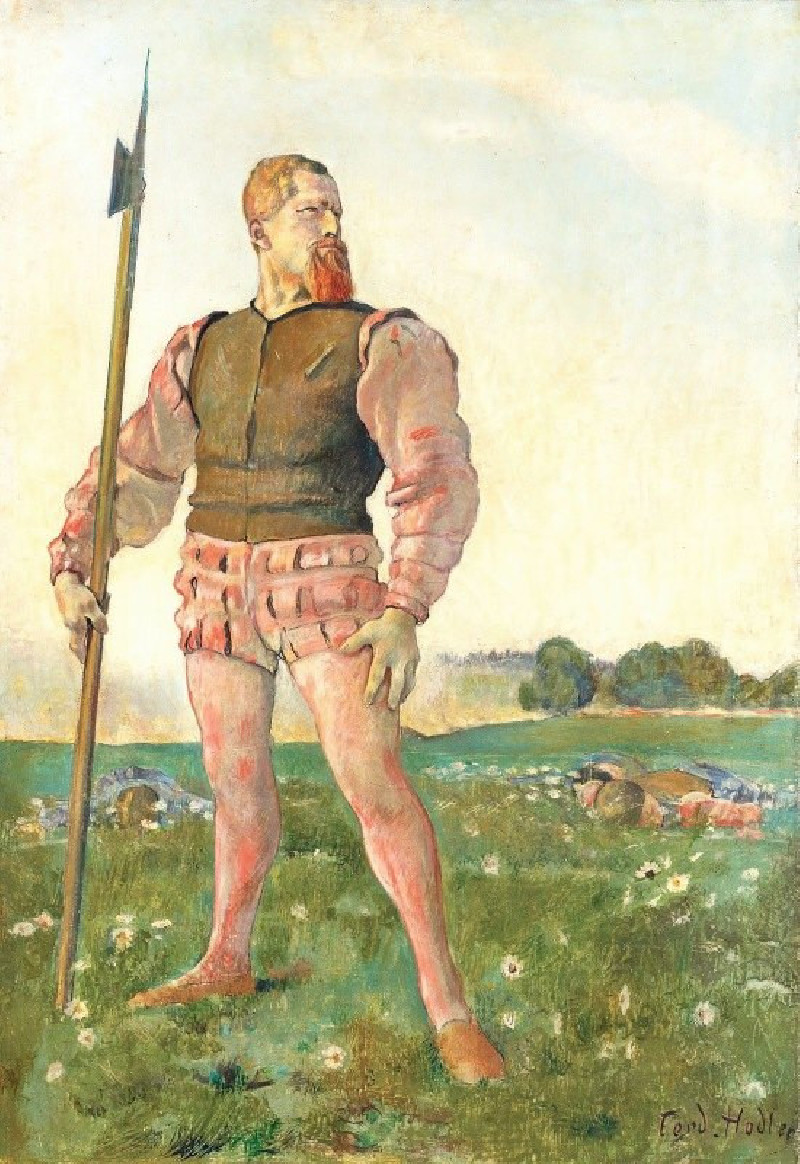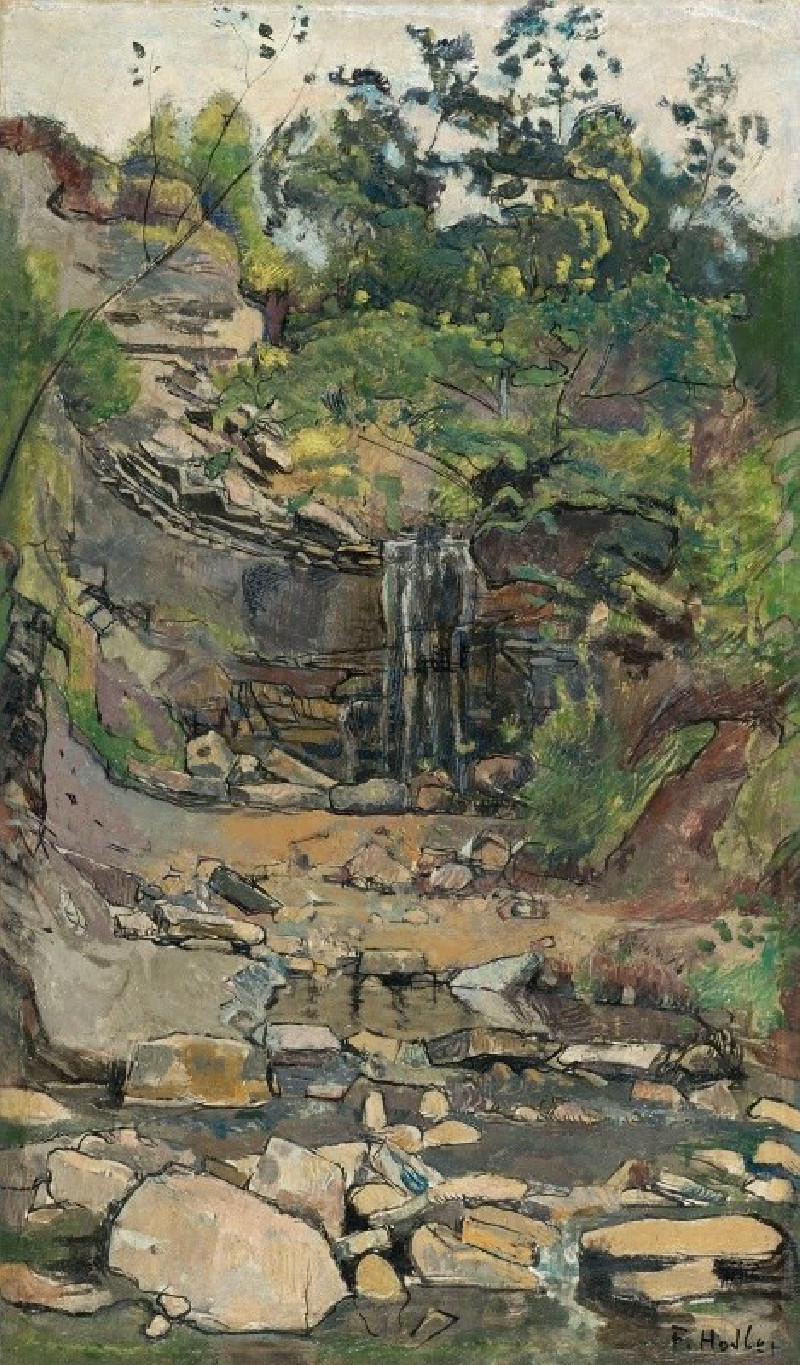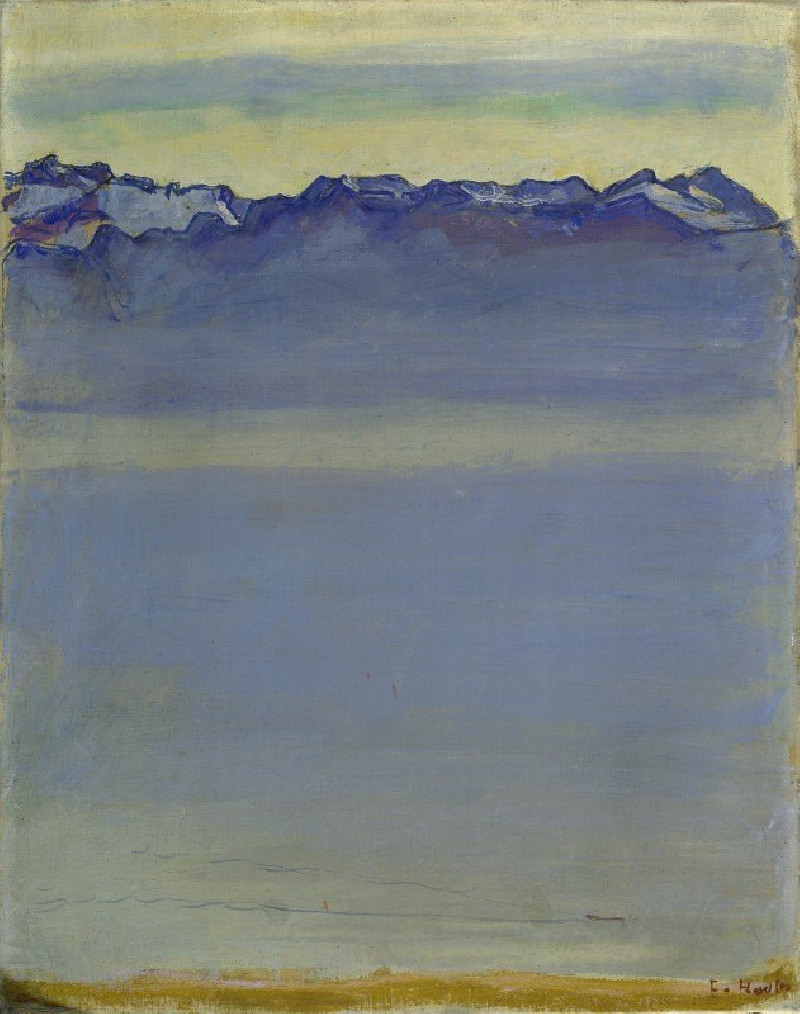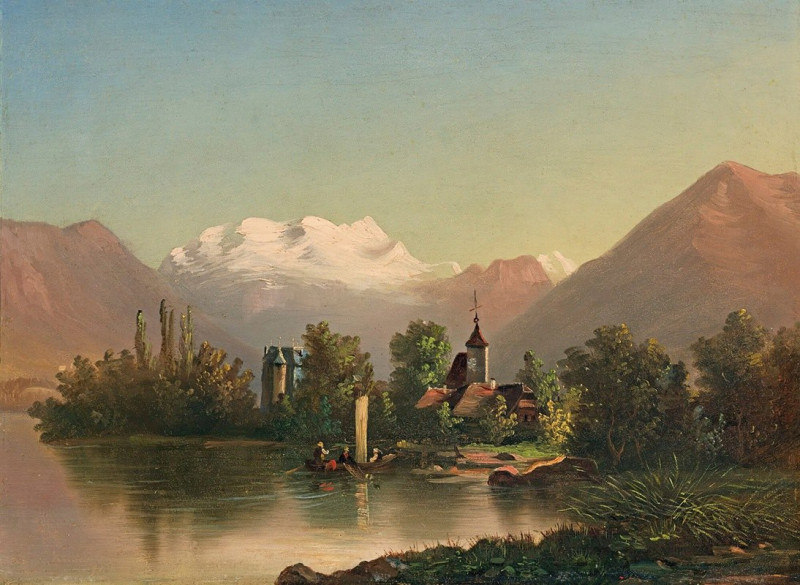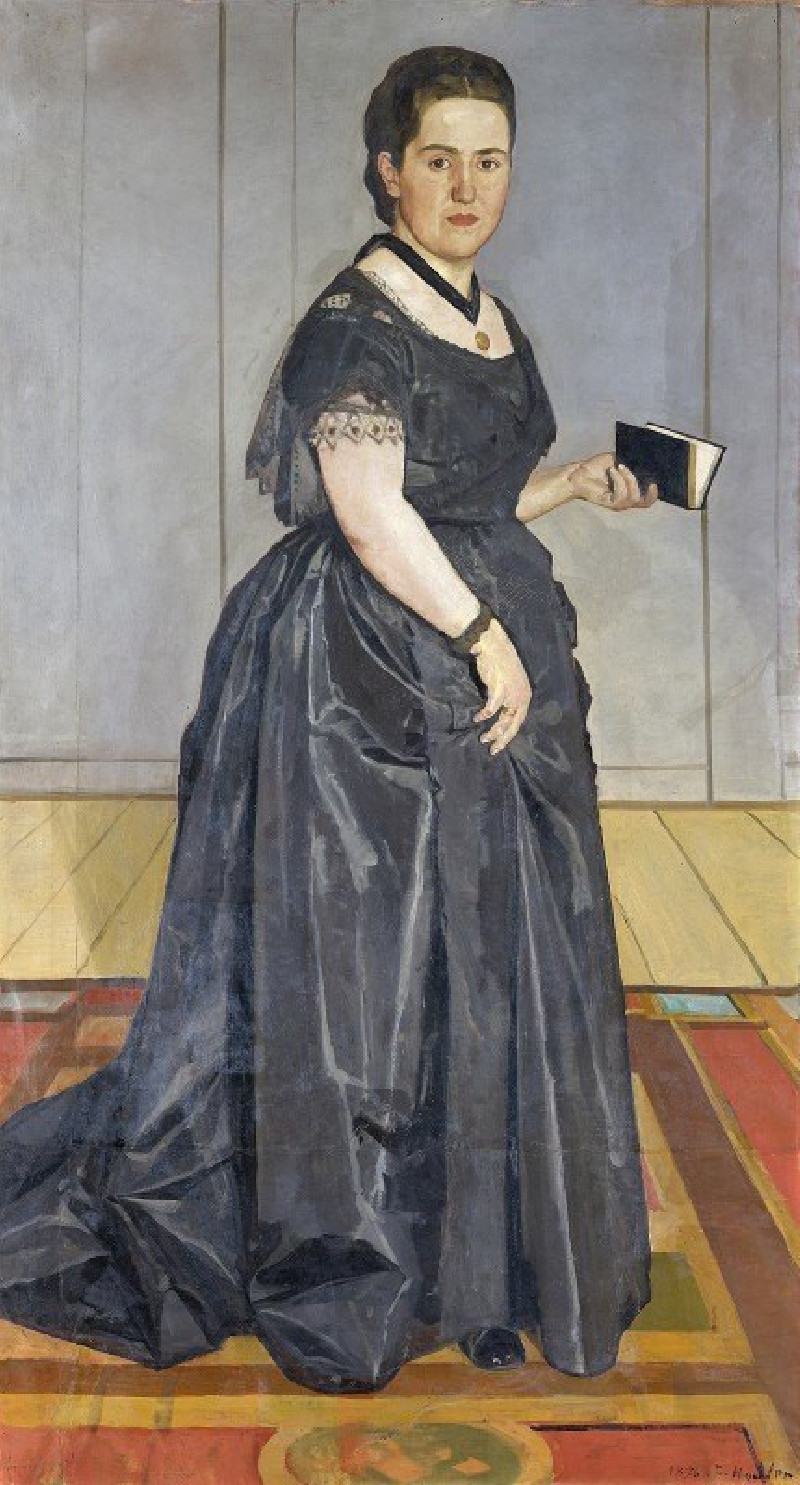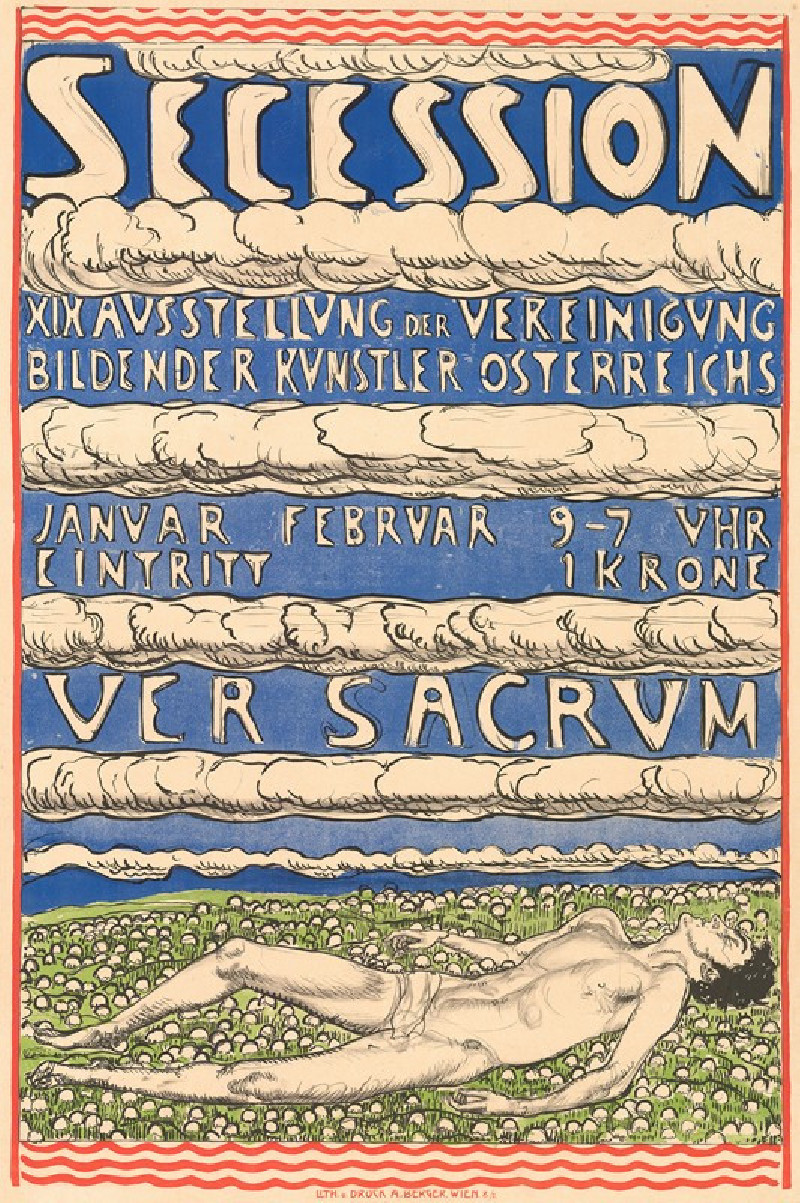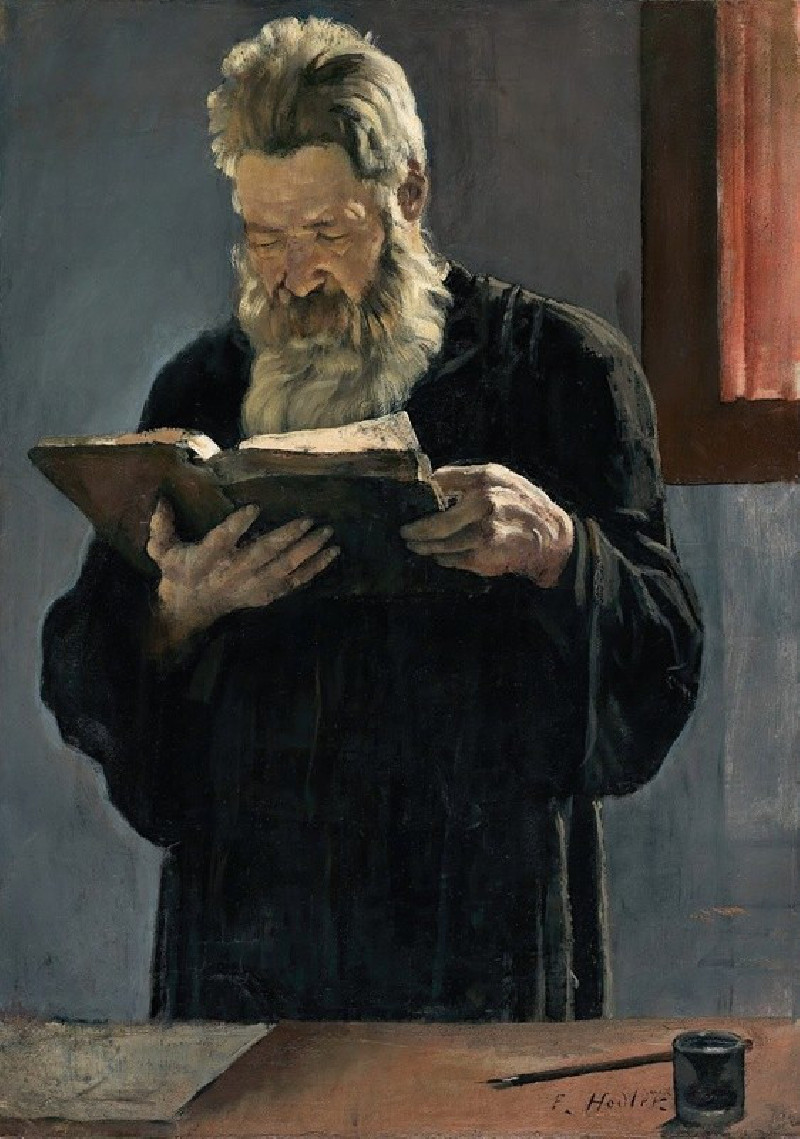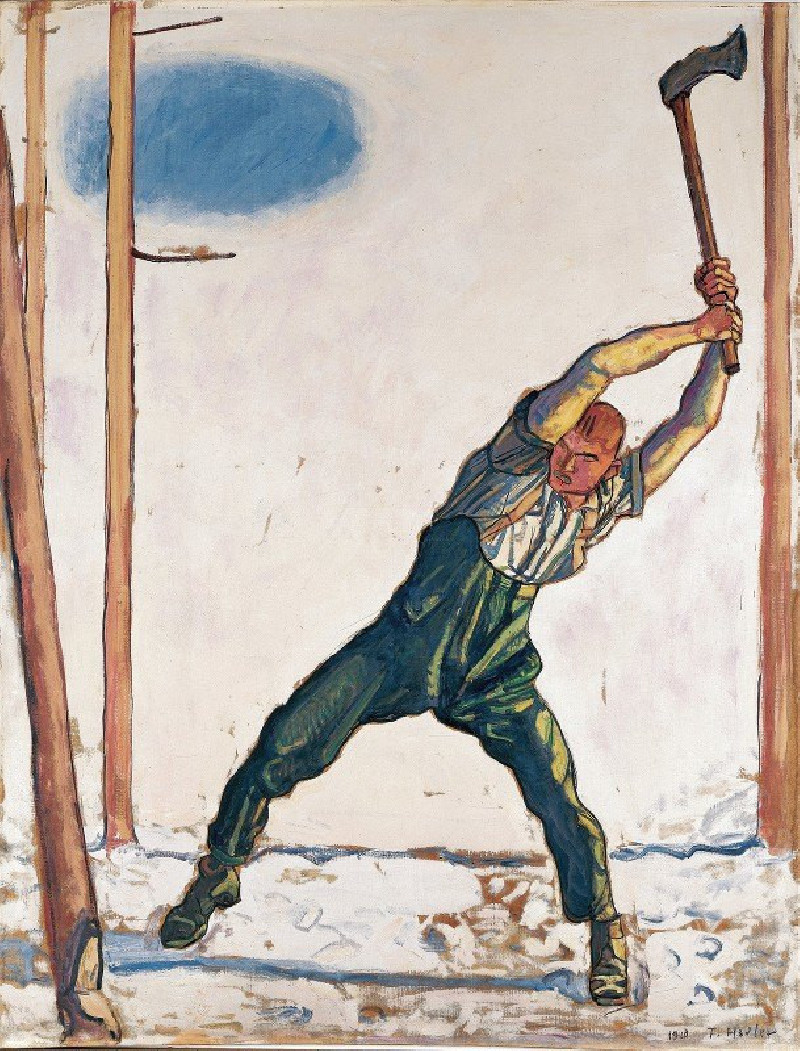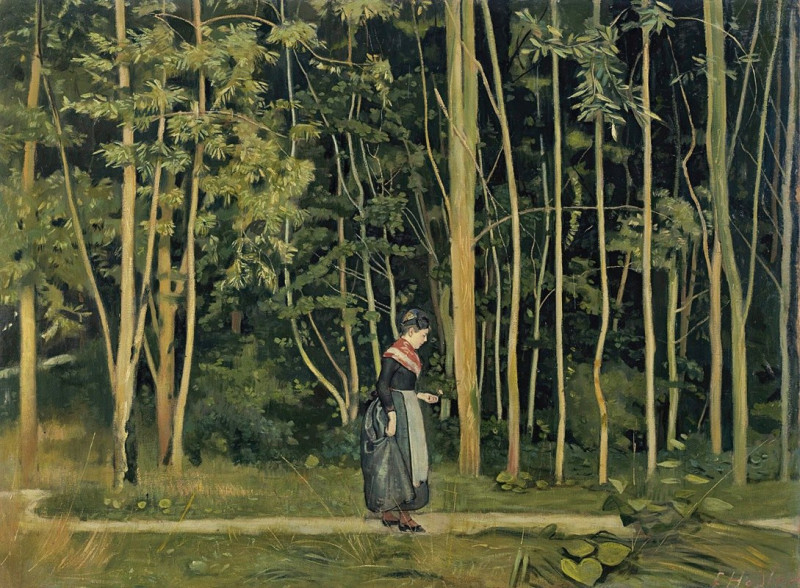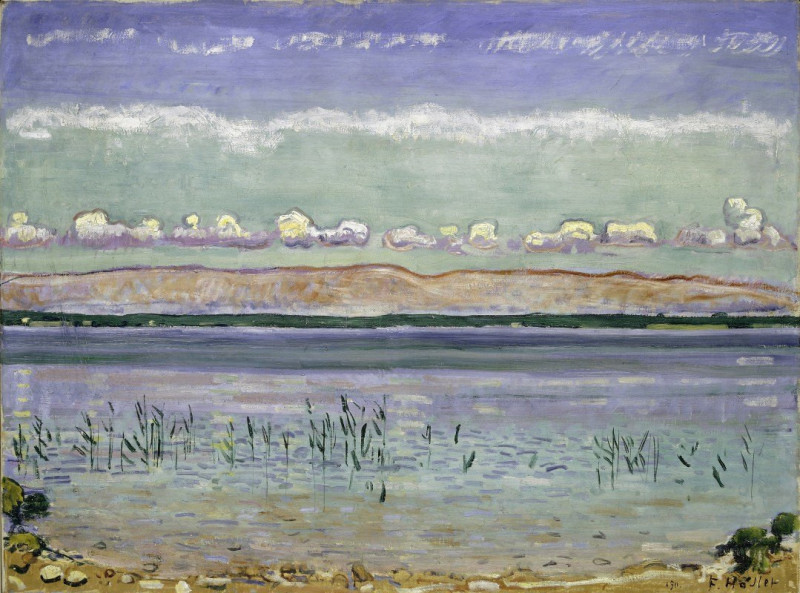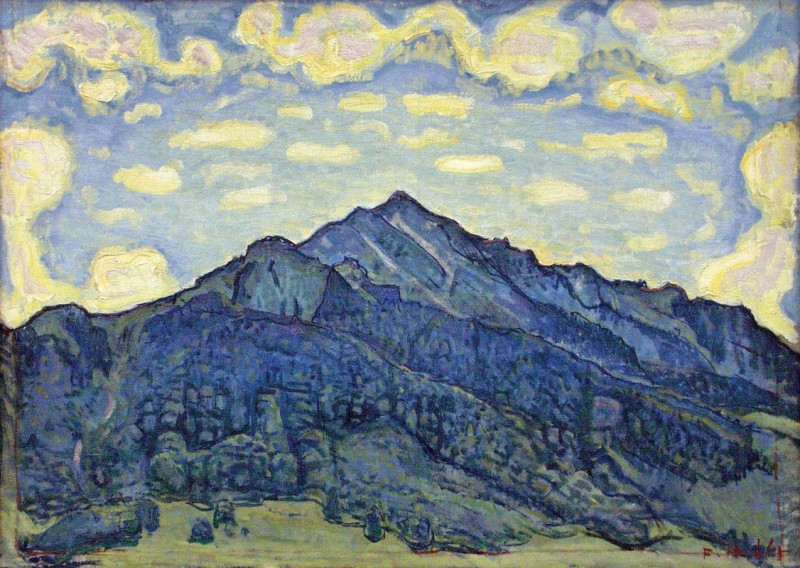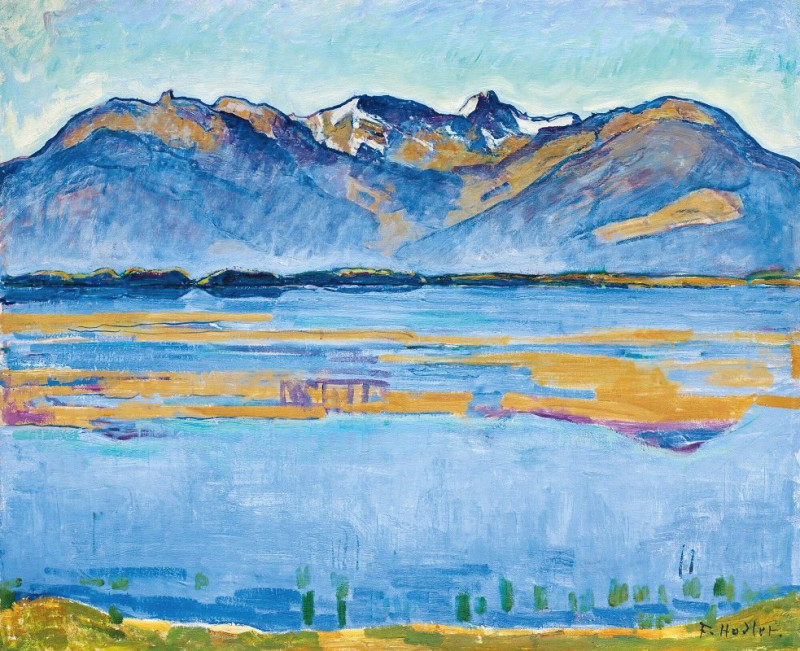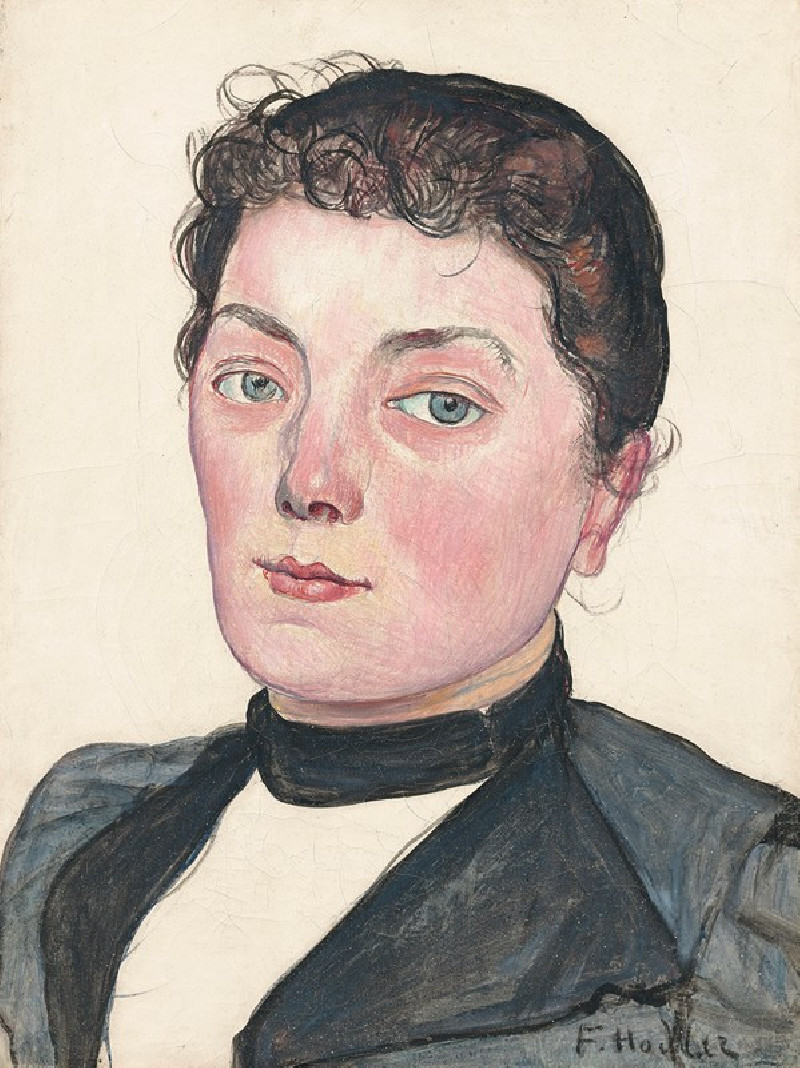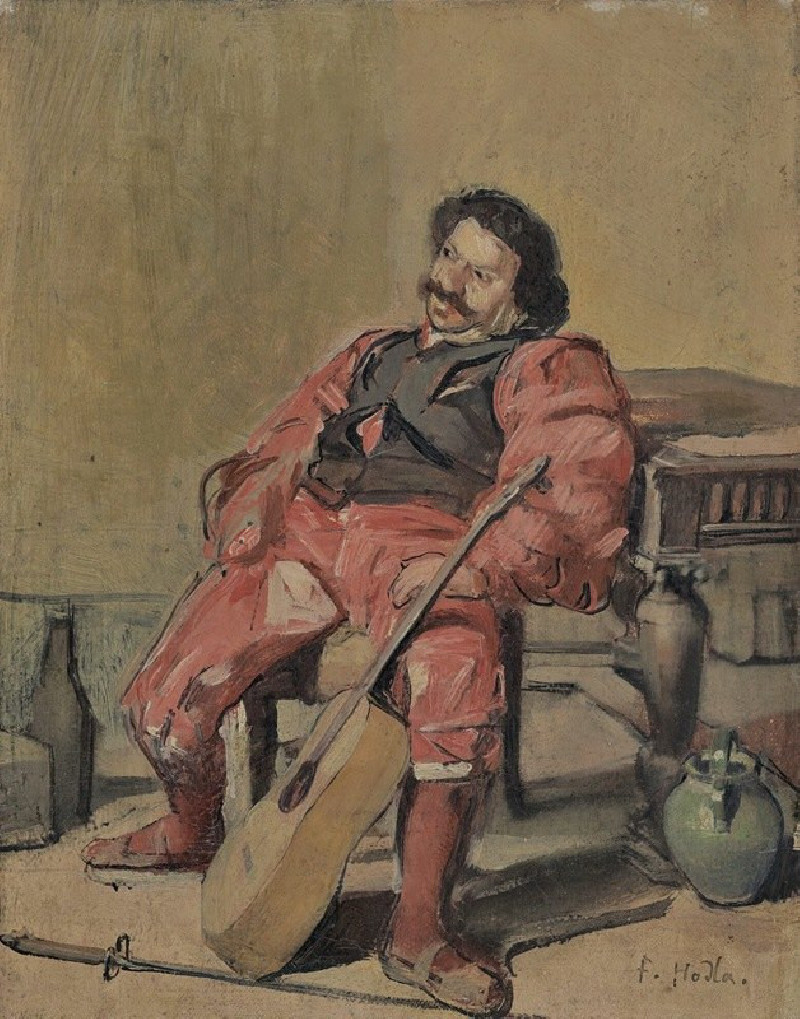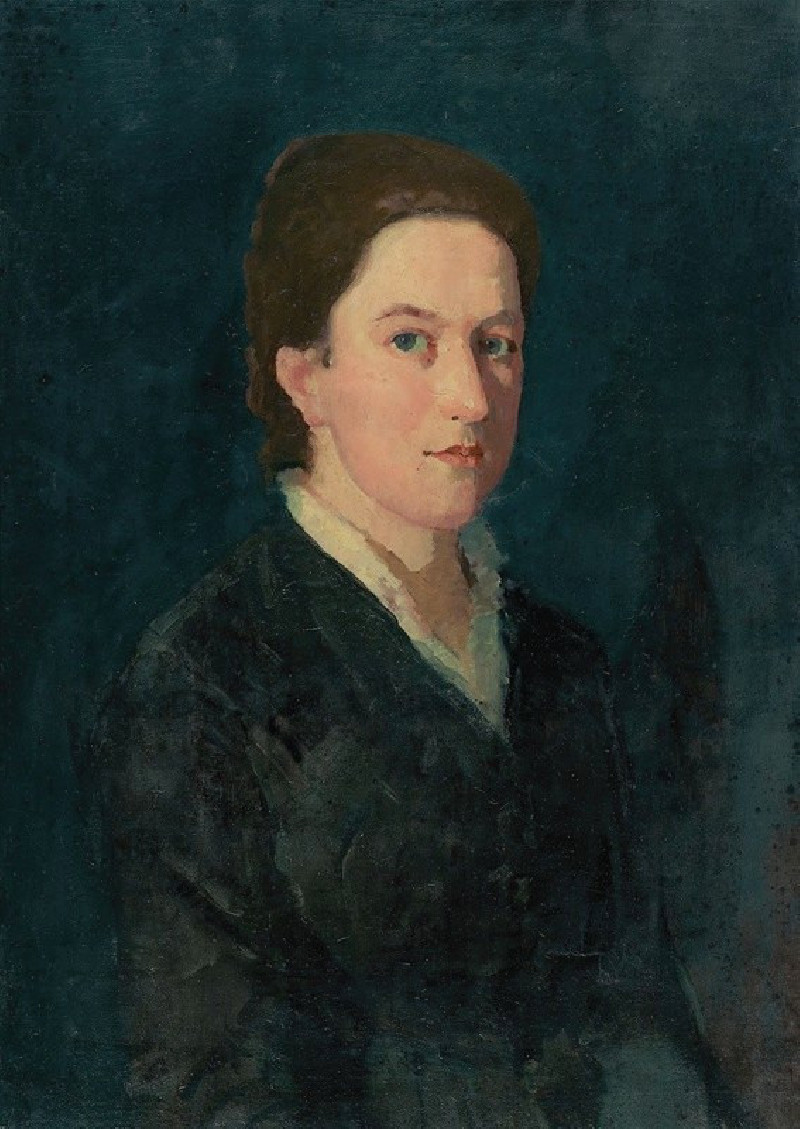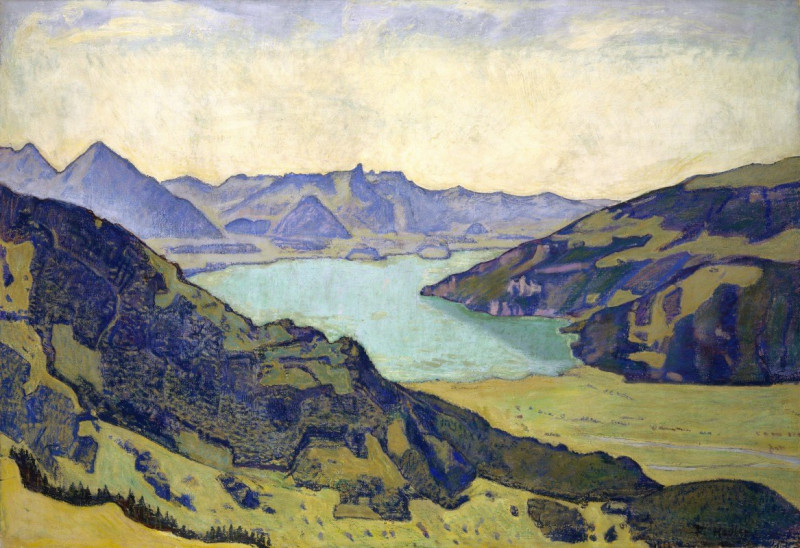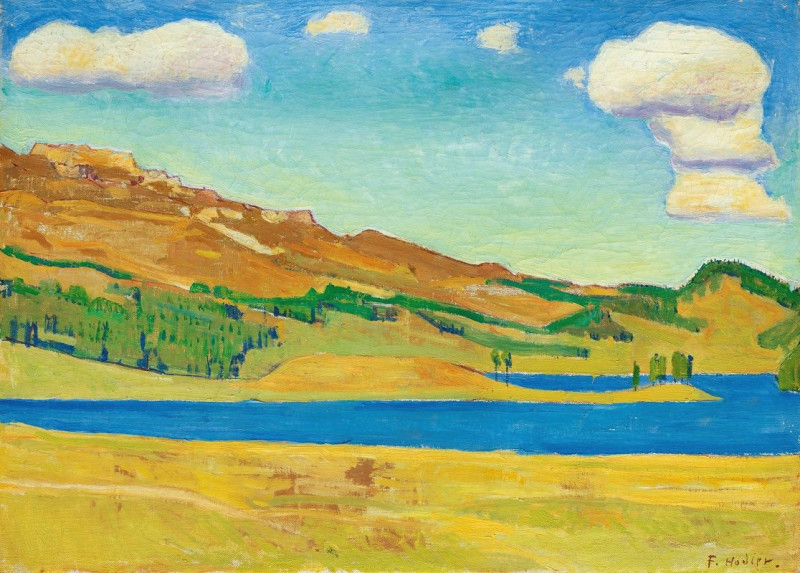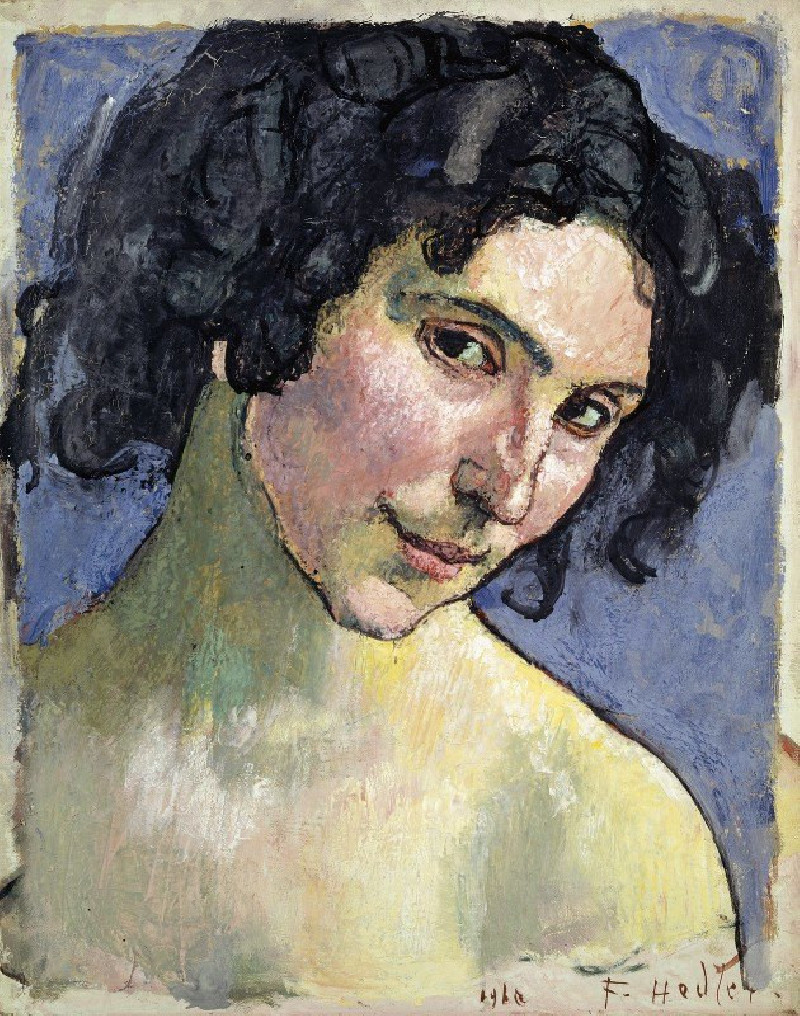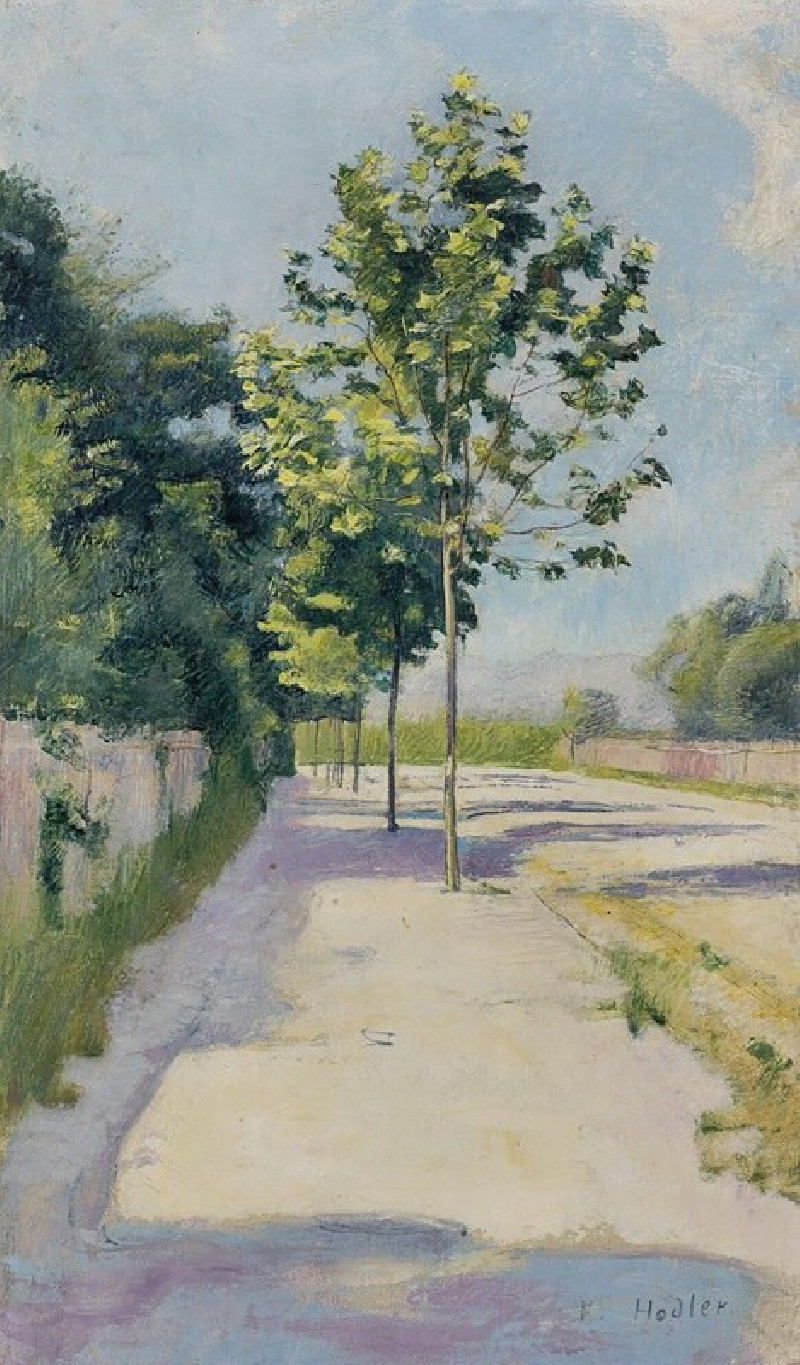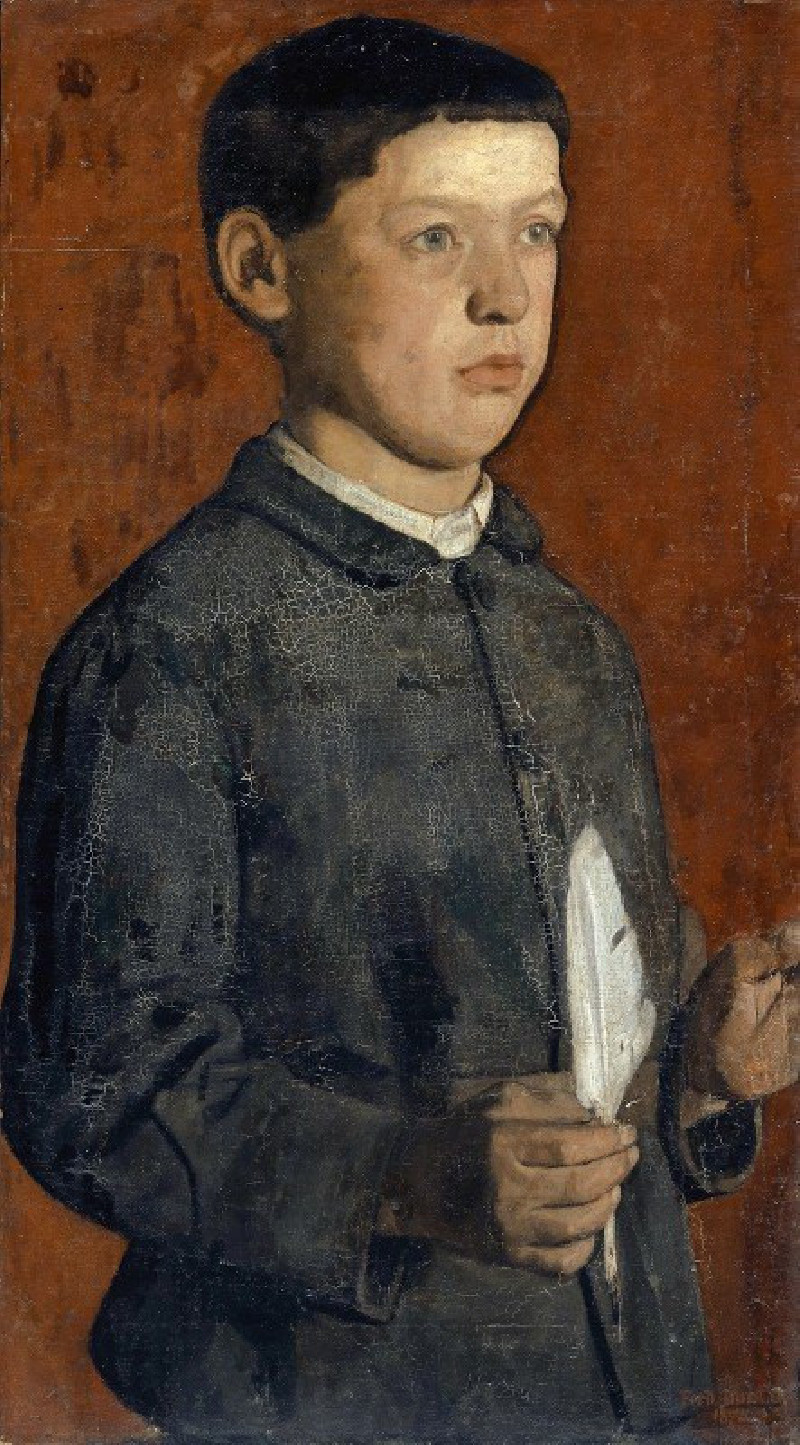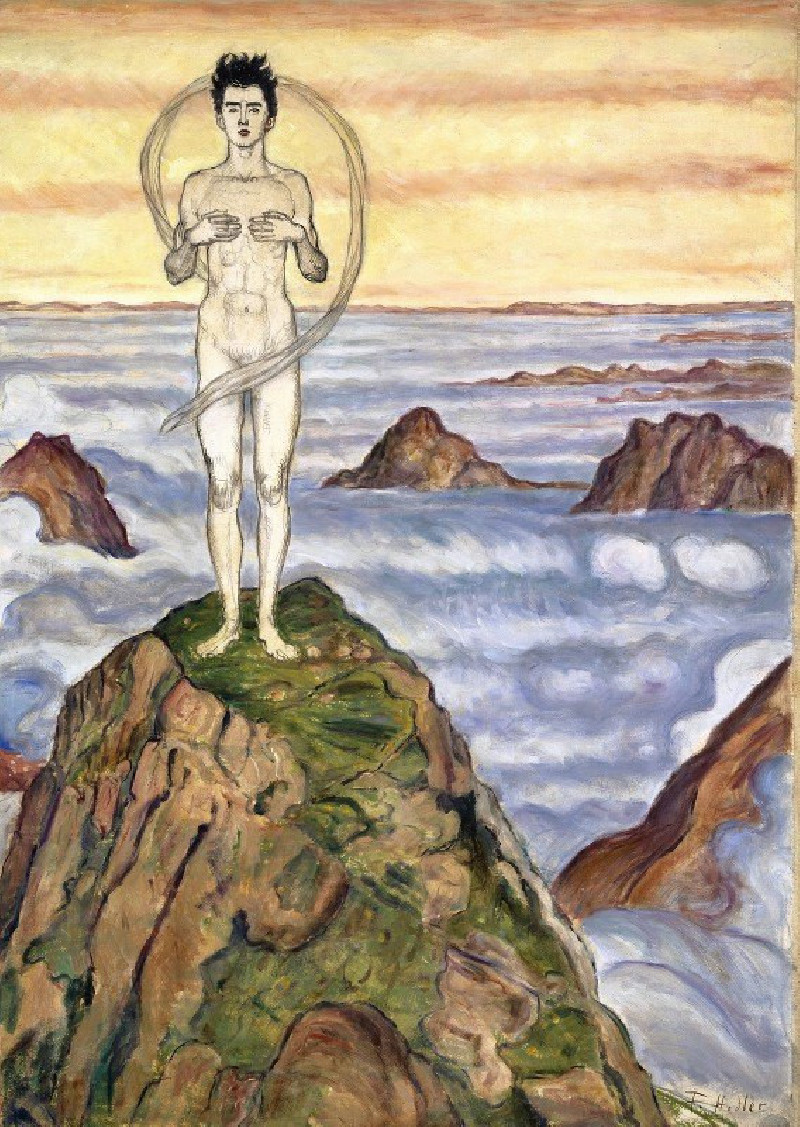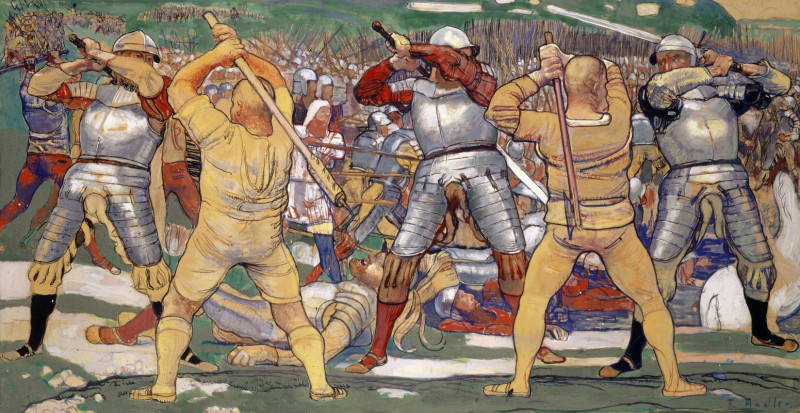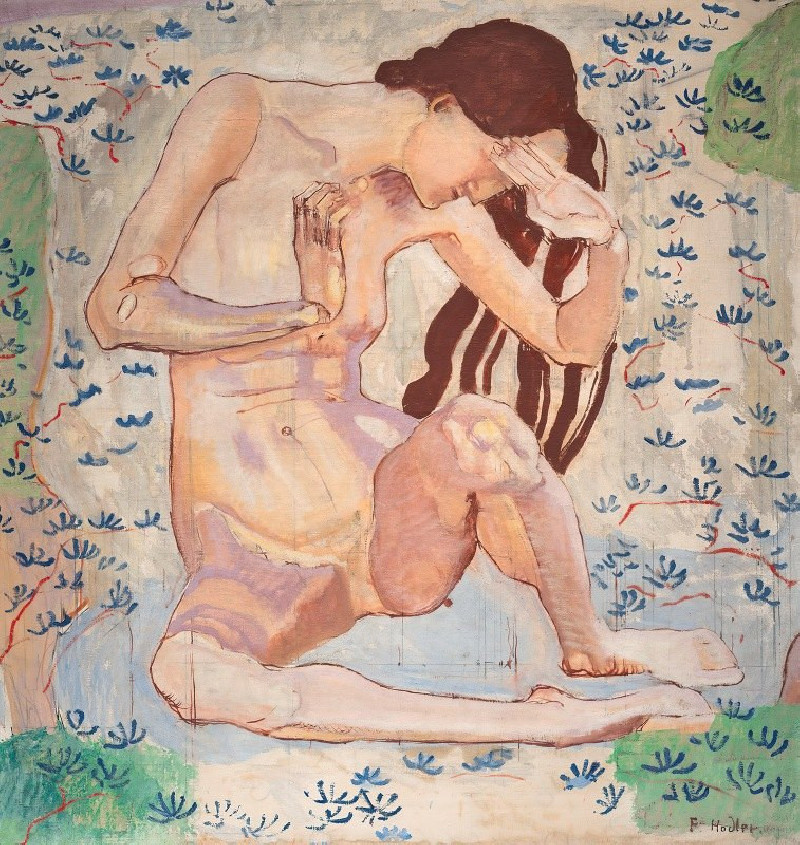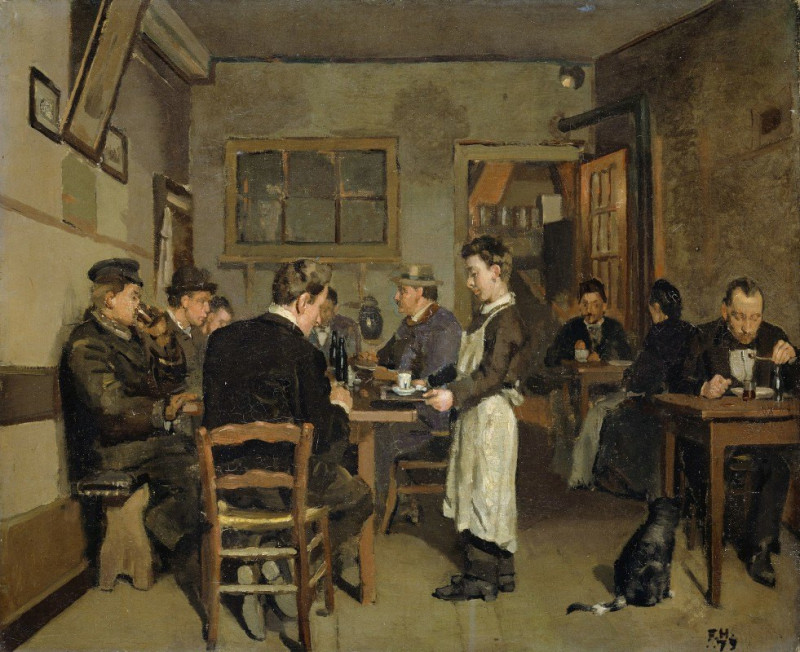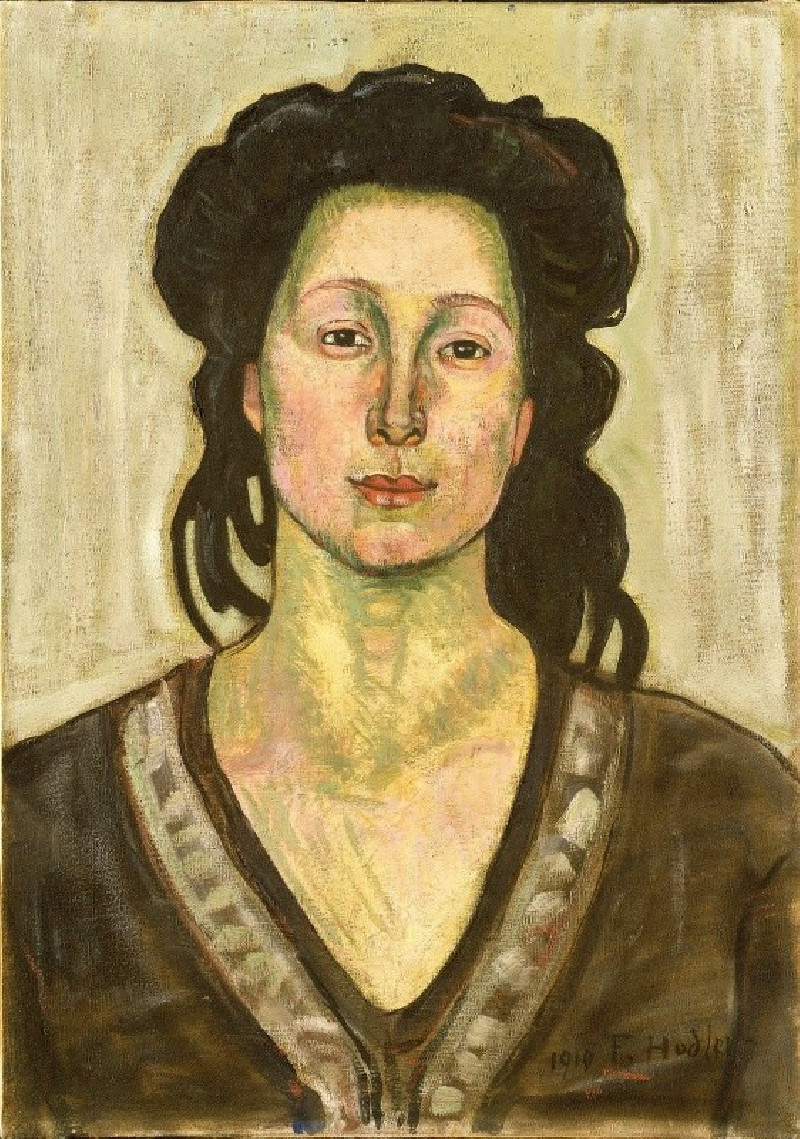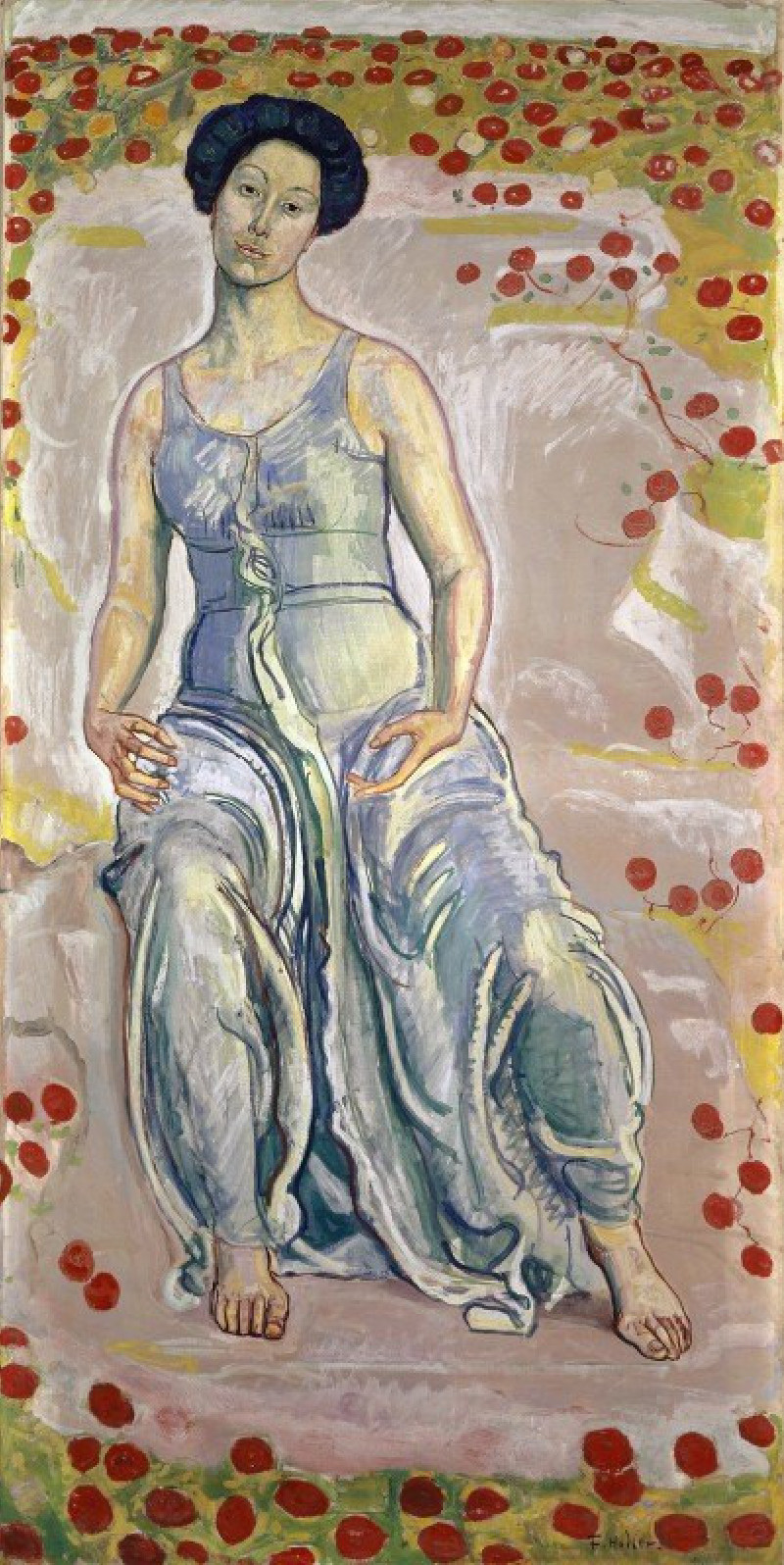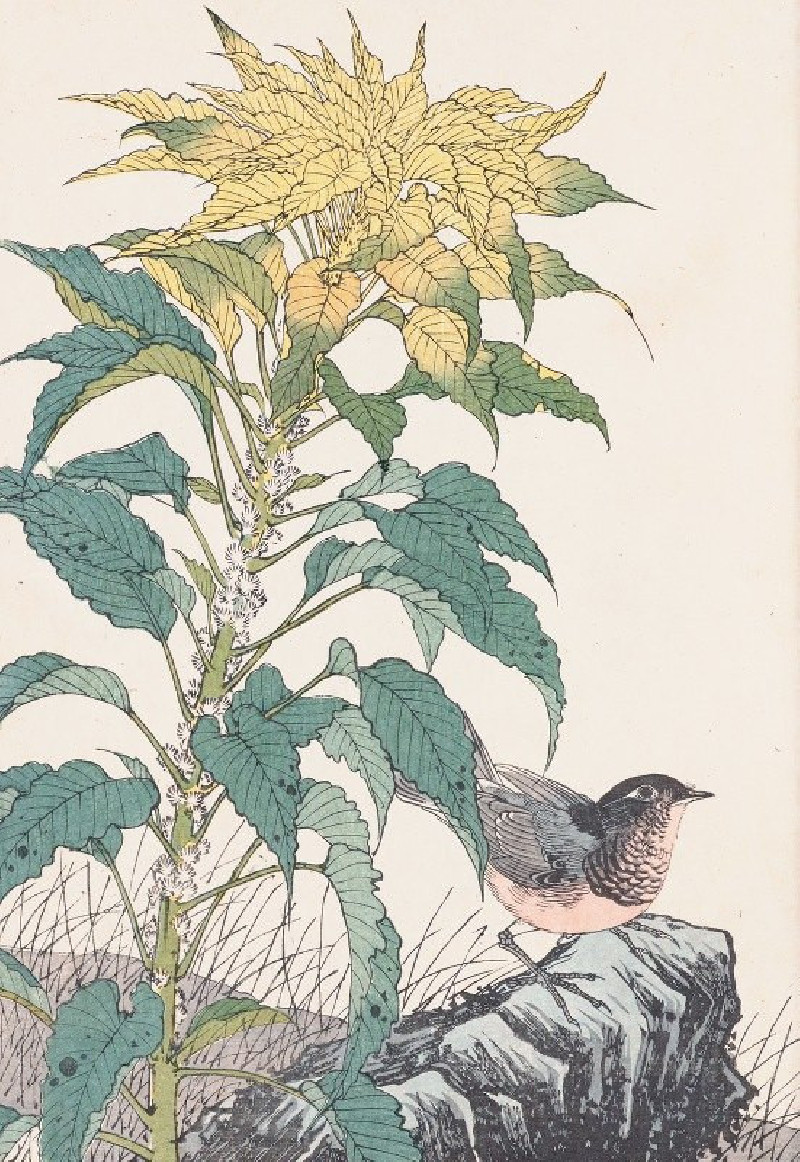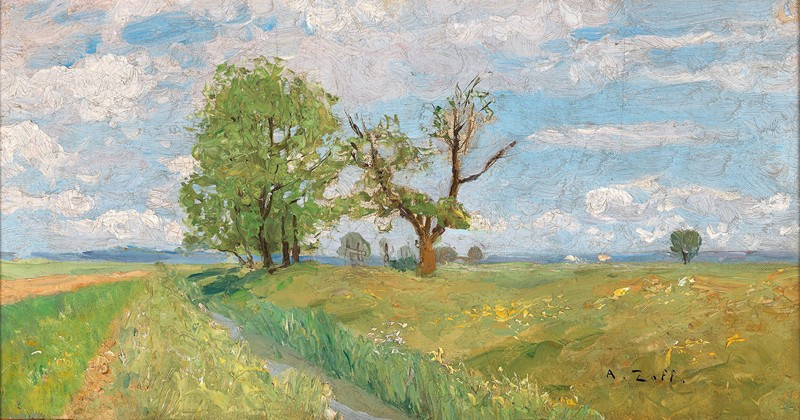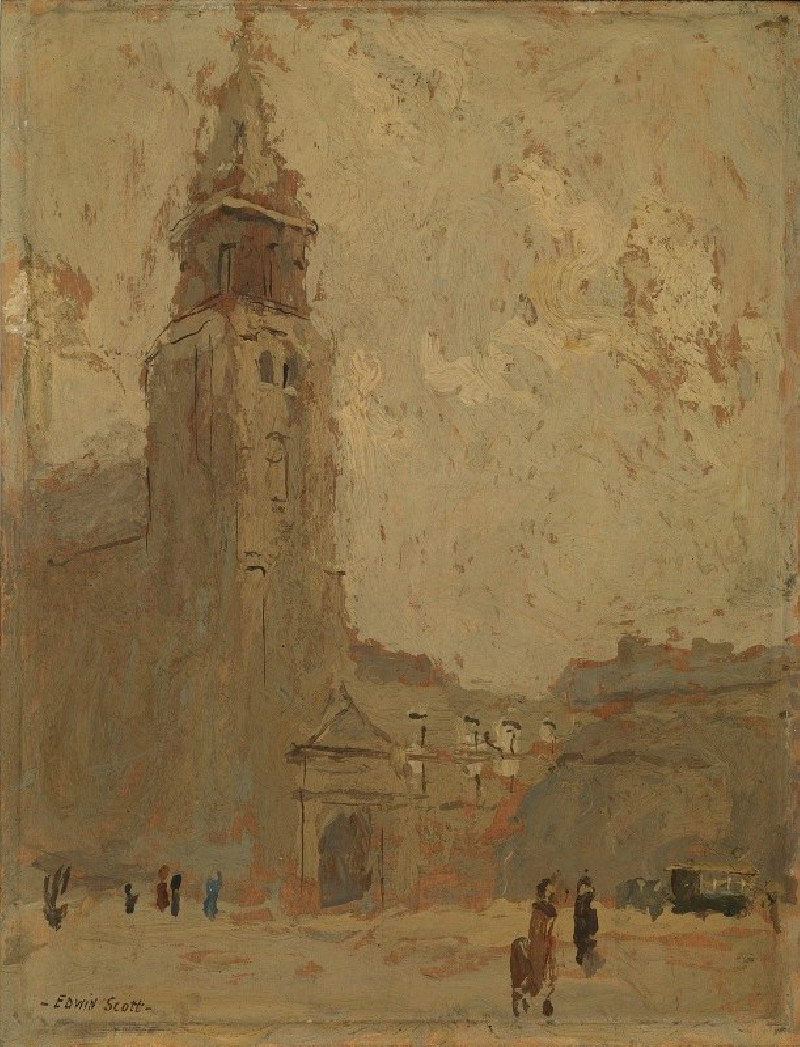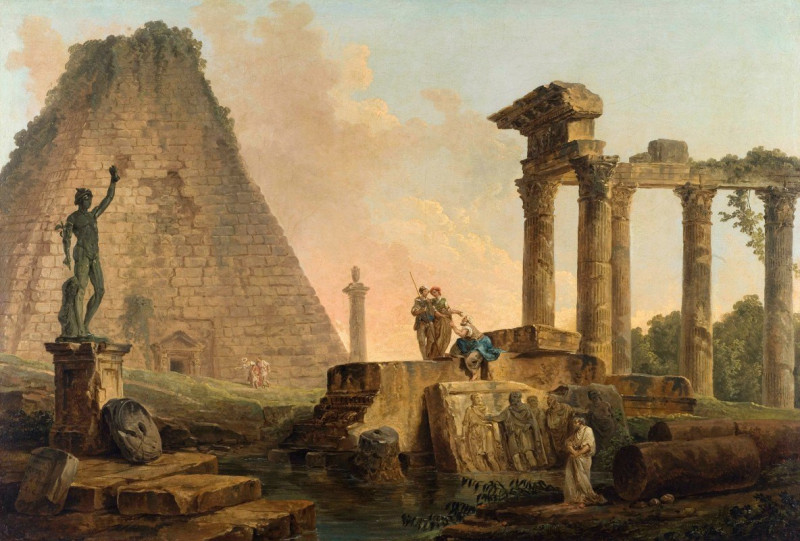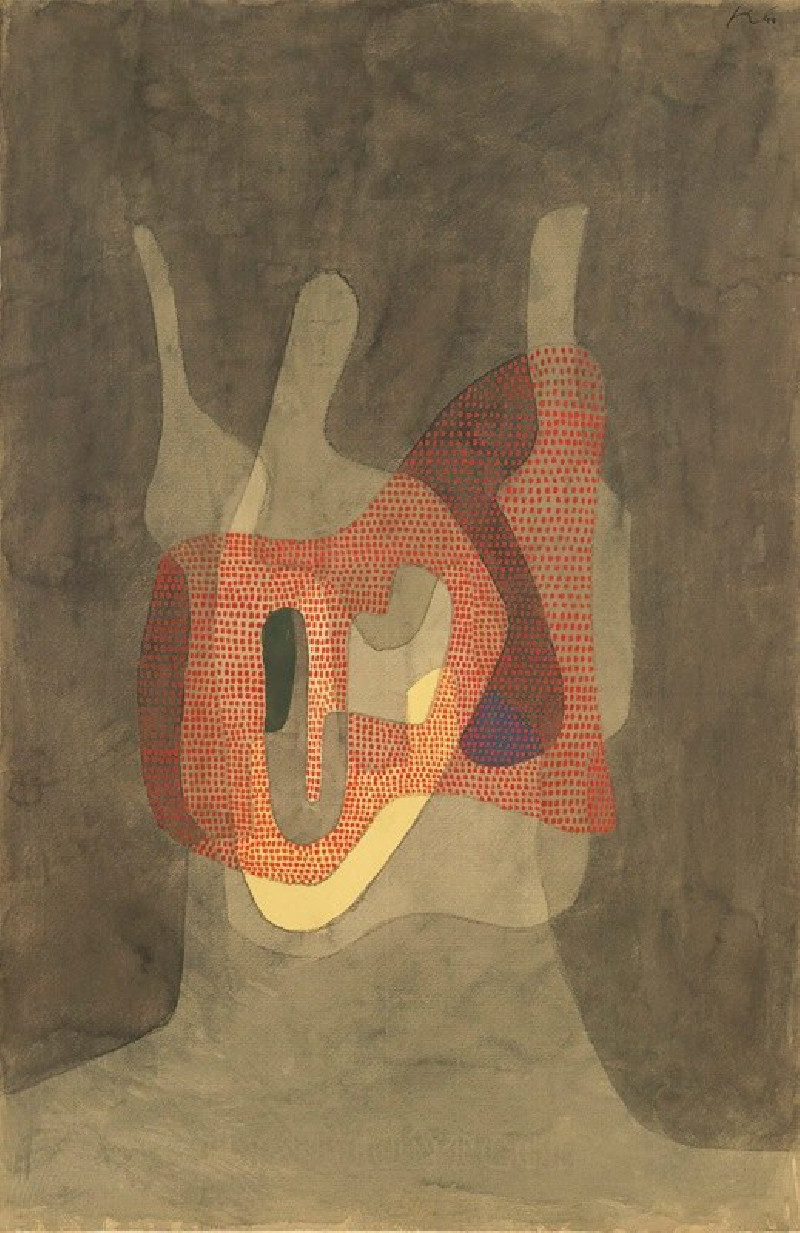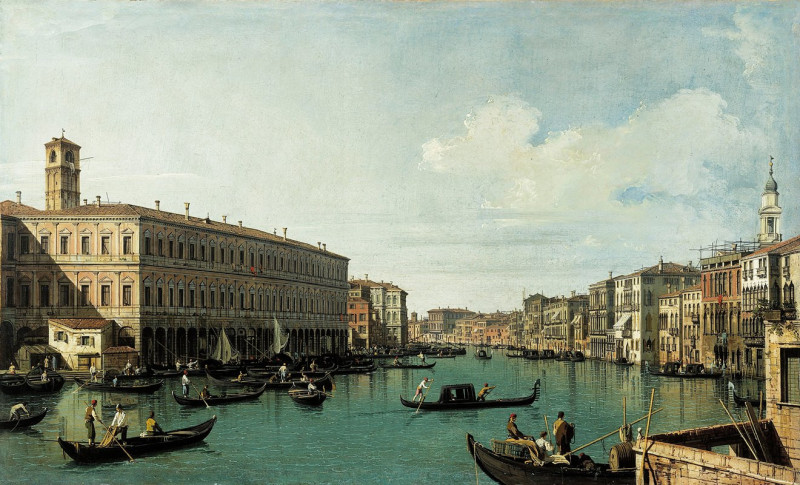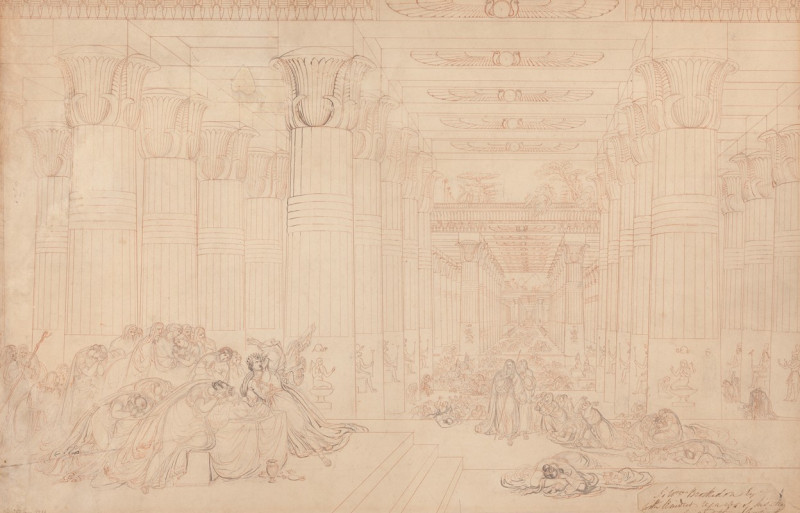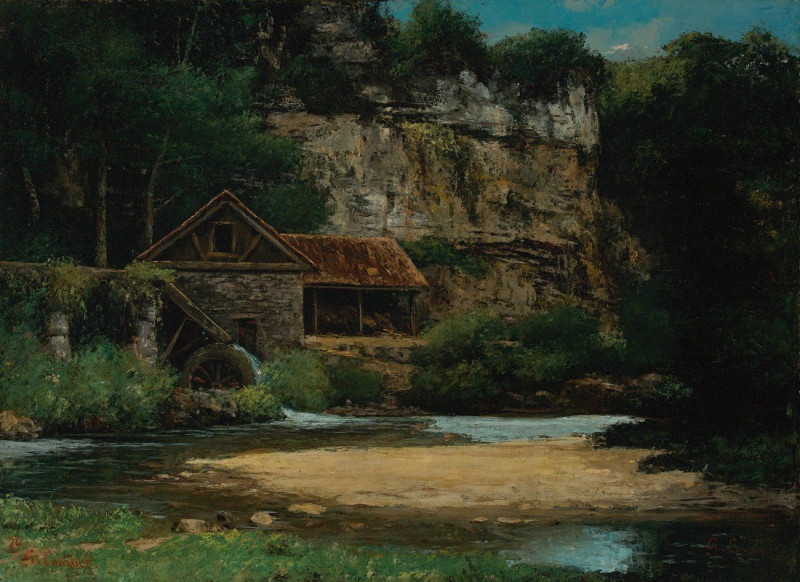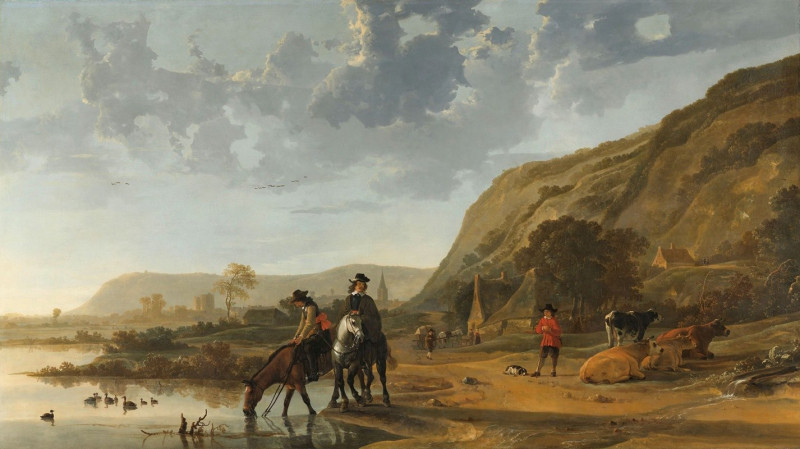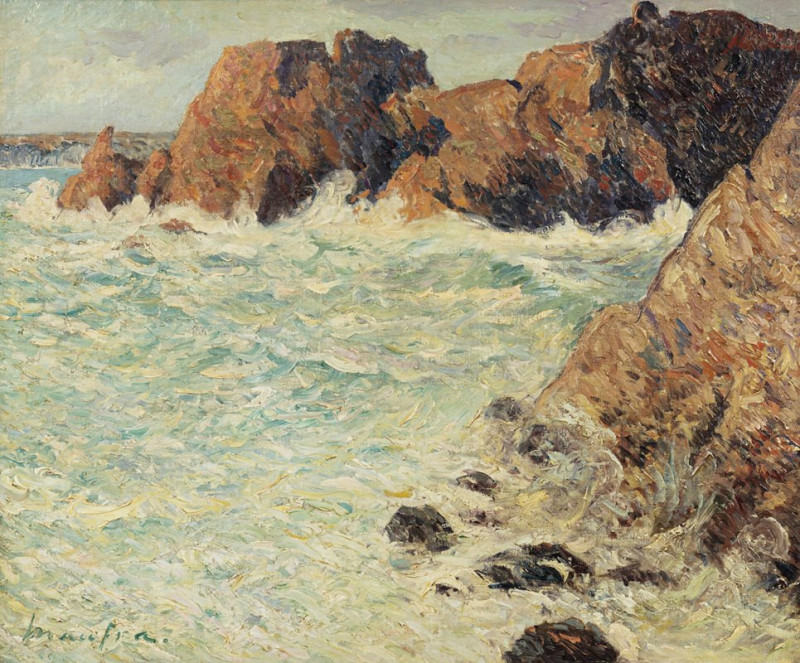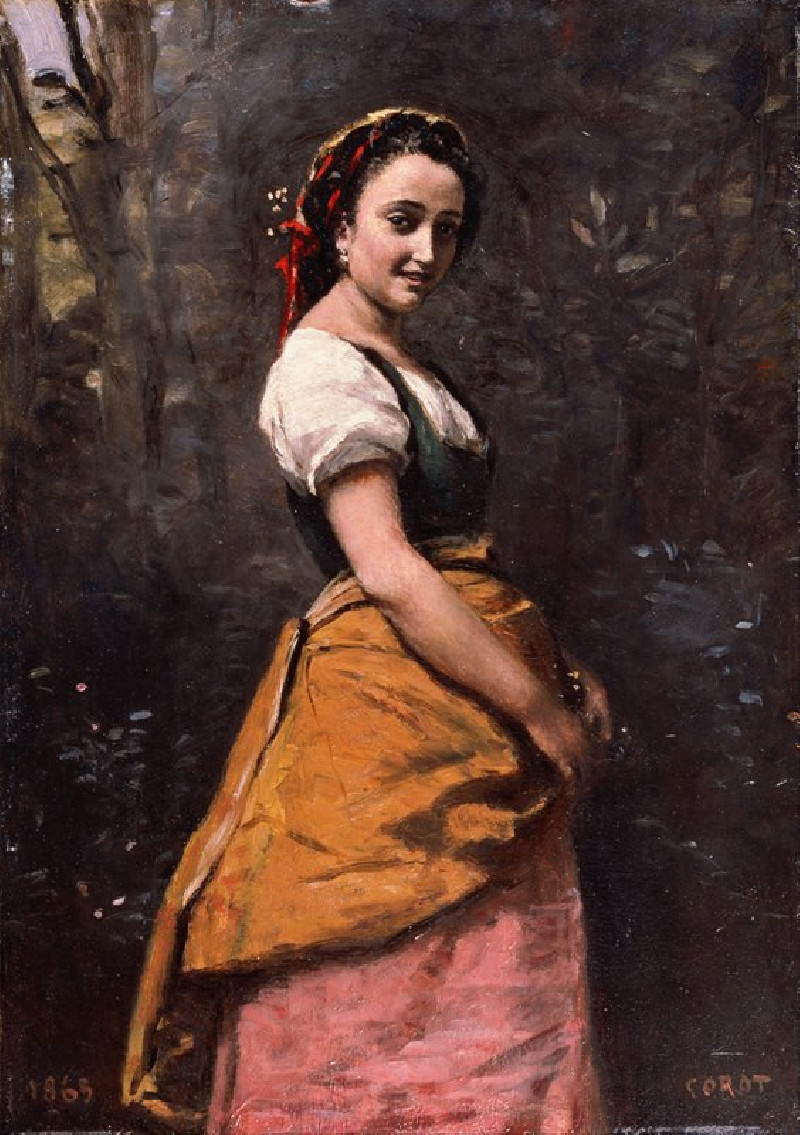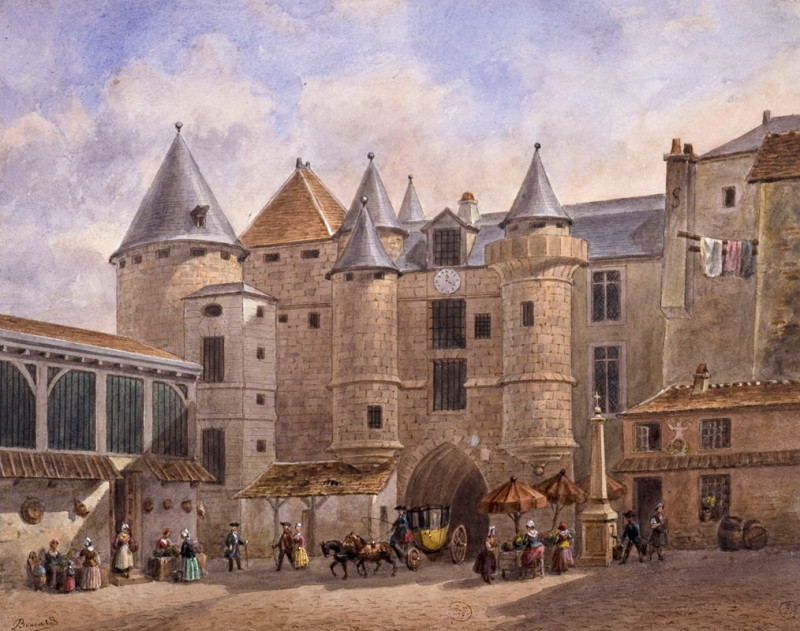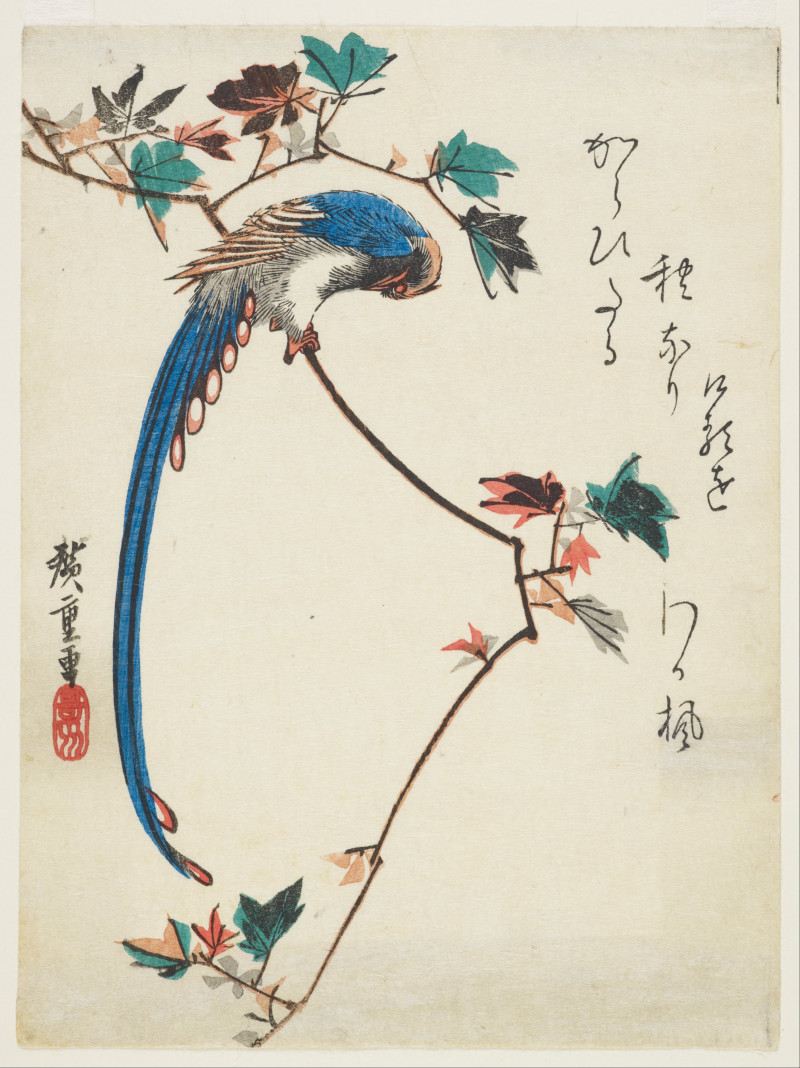The angry warrior
Technique: Giclée quality print
Recommended by our customers
More about this artwork
Ferdinand Hodler's painting, titled "The Angry Warrior," is a compelling portrayal of a fierce warrior standing bold and determined in a pastoral landscape. This evocative work features a warrior clad in traditional armor, his strong physique accentuated by a vividly colored ensemble. The warrior's stance is wide, his left hand firmly gripping a spear, while his gaze is assertively directed off canvas, suggesting a focus on a distant threat or adversary.The background contrasts the warrior’s intense presence with a tranquil, idyllic field dotted with flowers and a serene sky, hinting at the juxtaposition of war and peace. The warrior's expression, combined with his assertive posture, embodies a moment of readiness and emotional intensity, possibly reflecting Hodler's exploration of human emotions and the human spirit’s resilience."The Angry Warrior" not only showcases Hodler’s skill in composition and color usage but also serves as a narrative piece that invites viewers to ponder the complexities of emotion and conflict in human experience.
Delivery
Reproductions are made to order and take 5 to 7 working days.
We send them out by courier and delivery takes another two working days.
If you need a reproduction sooner, please contact us - we can usually find a solution and produce it a little faster.
If you don't want to pay for postage, you can pick up your paintings at our galleries in Kaunas or Vilnius.
Returns
Yes, reproductions can be returned.
If you have any doubts more than 30 days after the date of purchase, please contact us - we will take the reproduction back for a refund or offer you a replacement!
We accept a maximum of two returns per customer - please note that we make reproductions to order, so please choose responsibly.
We do not refund shipping expenses.

